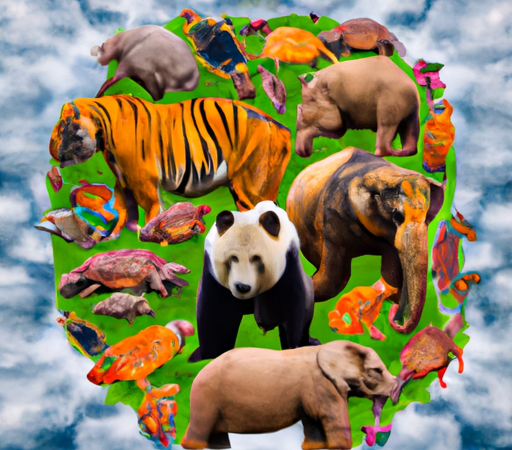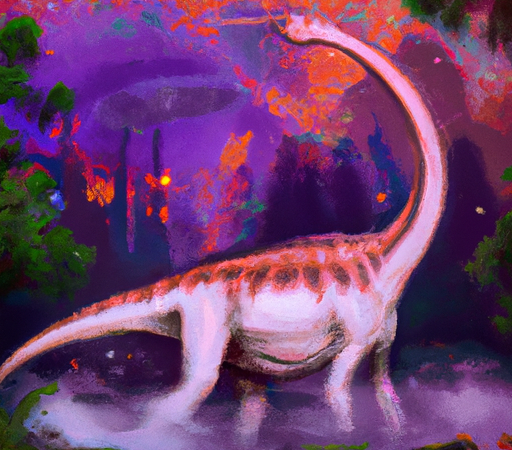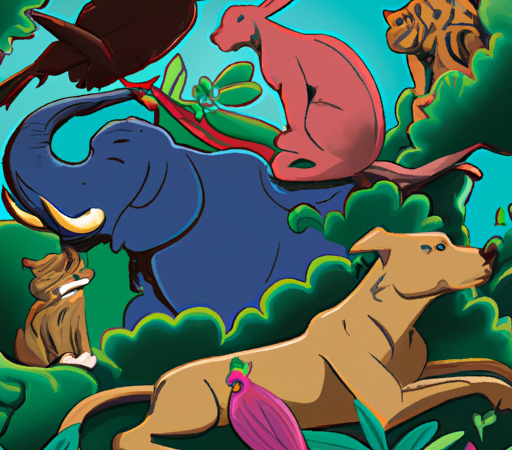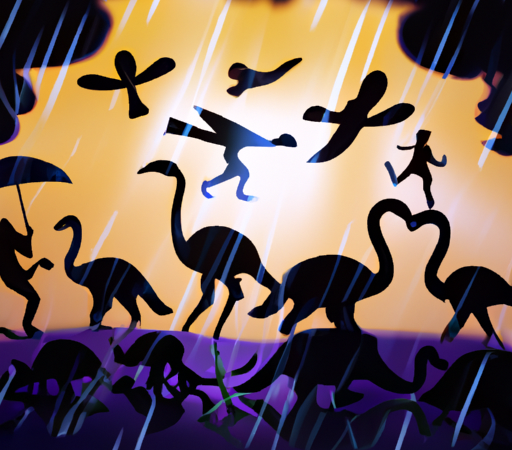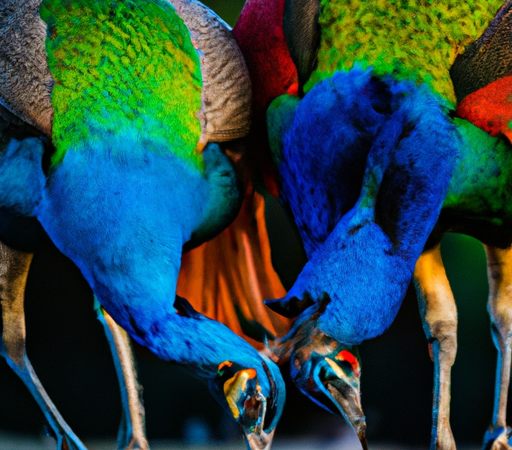Unbelievable Animal Migrations: Exploring the Wonders of the Natural World
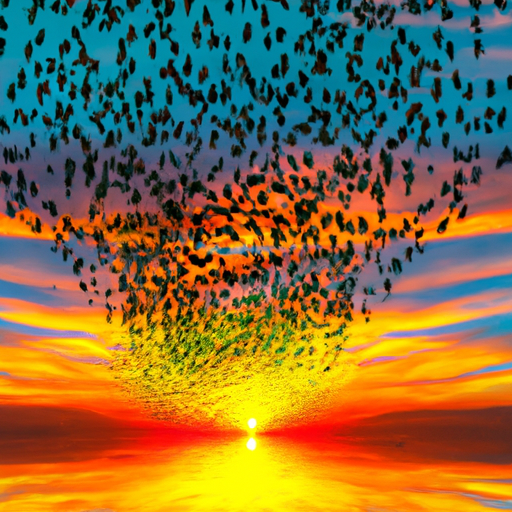
Unbelievable Animal Migrations: Exploring the Wonders of the Natural World
The natural world never ceases to amaze us. From the depths of the oceans to the highest peaks of the mountains, it is filled with incredible wonders that continue to captivate our curiosity. One of the most extraordinary phenomena in nature is the incredible migrations undertaken by various animal species. These epic journeys often span thousands of miles and leave scientists and nature enthusiasts astounded by the determination and instincts of these creatures.
Migration is a vital survival strategy for many animals, allowing them to find better food sources, escape harsh weather conditions, or reproduce in more favorable environments. While numerous animals embark on these impressive journeys, a few migrations stand out for their sheer distance and awe-inspiring nature.

One of the most famous animal migrations is the great Wildebeest migration in East Africa. Every year, over two million wildebeests, along with hundreds of thousands of zebras and gazelles, undertake a grueling trek across the Serengeti-Mara ecosystem. These herbivores are relentlessly pursued by predators, facing treacherous river crossings and battling the elements. The migration is a grand spectacle, attracting tourists from around the world, who gather to witness this breathtaking event and observe nature at its most raw.
Another mind-boggling migration occurs in the Arctic region. The Arctic tern, a small seabird, travels an incomprehensible round-trip migration from its breeding grounds in the Arctic to its wintering grounds in Antarctica. Covering about 44,000 miles annually, this remarkable bird flies the equivalent of twice around the planet during its lifetime. Navigating using a built-in magnetic compass and patterns of sunlight, it endures extreme weather conditions, including freezing temperatures and incessant winds, in its quest for survival.
In the oceans, the humpback whales partake in one of the longest migrations of any mammal on earth. These majestic creatures complete a round-trip journey of up to 16,000 miles annually, traveling from their feeding grounds in nutrient-rich polar waters to their breeding grounds in warmer tropical and subtropical waters. Along the way, they face perilous encounters with predators, navigate through treacherous waters, and rely on their legendary songs to communicate with other members of their species.

The monarch butterfly migration is another incredible natural phenomenon. These striking black-and-orange insects undertake a multi-generational journey across North America, spanning several thousand miles. Starting from their summer breeding grounds in the United States and Canada, the butterflies travel to a few specific wintering sanctuaries in Mexico or California. Astonishingly, the butterflies returning to the same wintering grounds have never been there before, as they are the offspring of the previous generation. How they find these specific wintering sites remains a mystery, as their ancestors completed the journey months earlier.
The reasons behind these migrations are varied, with each species facing unique challenges and motivations. Yet, what remains constant is the awe-inspiring nature of these journeys and the resilience demonstrated by these animals. These migrations are not only a testament to the unbelievable capabilities of these creatures but also a reminder of the importance of preserving their habitats and creating safe spaces for them to complete their journeys.
Conserving these migratory routes and ecosystems is crucial not only for the survival of these species but also for maintaining the delicate balance of our planet's biodiversity. As human activities continue to encroach upon these natural habitats, it is essential for us to take responsibility and work towards ensuring the preservation and protection of these awe-inspiring animal migrations.
Exploring the wonders of the natural world, such as the incredible animal migrations, not only provides us with a deeper understanding and appreciation of the intricate web of life but also serves as a reminder of the immense power and resilience of the creatures that share our planet. Our role as stewards of this natural world is to marvel at these migrations, protect their habitats, and work towards a harmonious coexistence with the incredible animals that undertake these extraordinary journeys.

